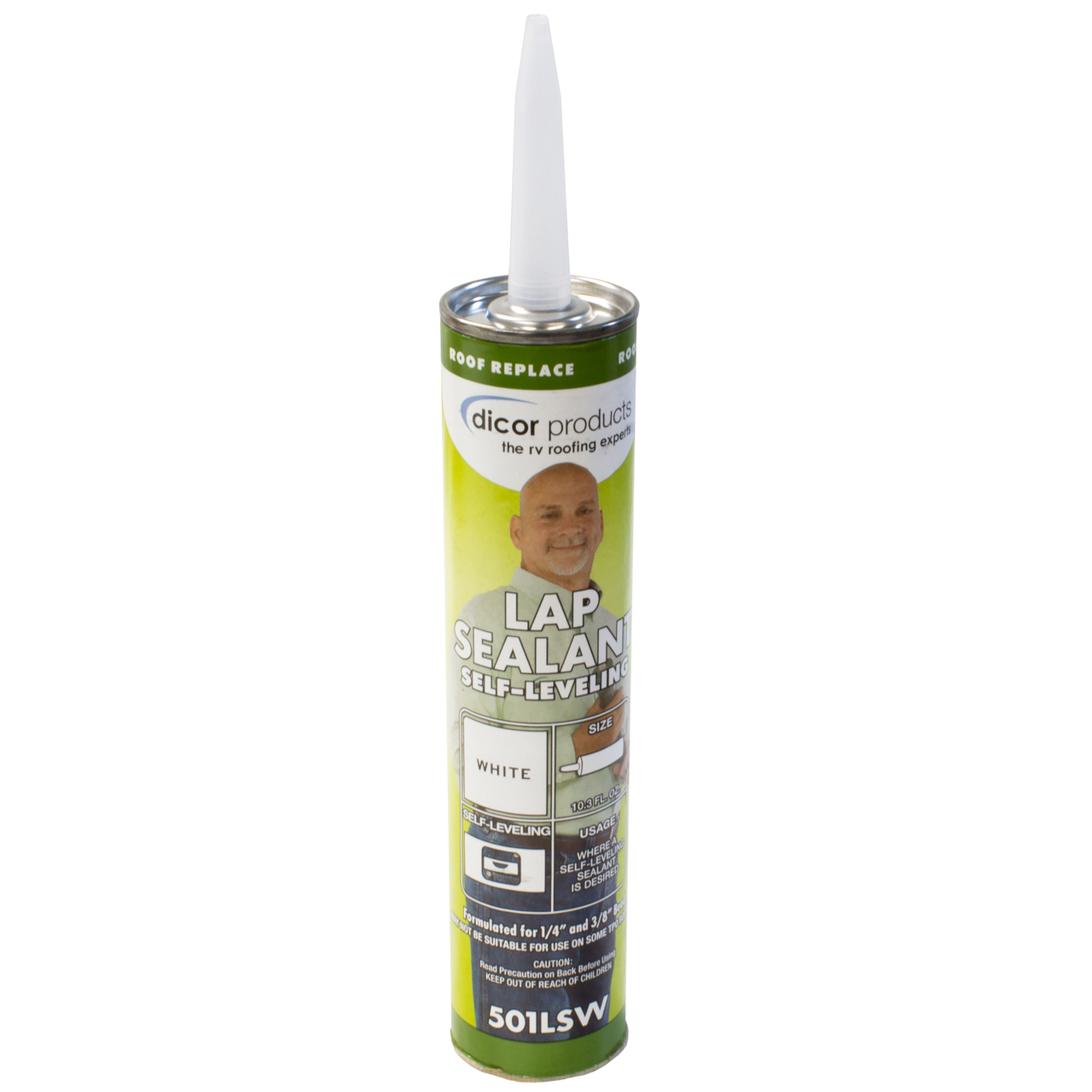What you need to know about RV Roofs
The RV roof is one of the most important parts to a RV- and also one of the most neglected. Every year RVs are destroyed due to lack of maintenance to their roofs. Outlined below are the required steps to keeping your roof in top shape!
Rubber Roofing
If your RV has a soft surface white roof it is most likely an EPDM rubber roof. This roof is very common from 1990 to current units. The roof will be made up of inside panelling, trusses, plywood (or OSB material), and then the final one piece of rubber roof membrane is glued down. In order to care for your rubber roof follow the following steps.
Spring:
1. Inspect all seams (Vents, skylights, and front and back seams)
2. Repair cracked seams (Dicor caulking or Eternabond tape) by either touching up caulking or removing and replacing sealant.
3. Clean and Treat rubber (Protect-All 2 Part System)
Fall:
1. Reinspect all seams and repair where necessary.
Water damage to a rubber roof can only be repaired by replacing the entire roof membrane and any wood exposed to rot.
TPO Roofing 
TPO roofing is very similar to rubber roofing except that it is rough to the touch. The care for a TPO roof is the exact same as rubber.
Water damage to a TPO roof can only be repaired by replacing the entire roof membrane and any wood exposed to rot.
Metal Roofing
There are two main types of metal roofs; aircraft or tin piece. Both these roofs are fairly low maintenance. Tin or aircraft roofs may not have a plywood (or OSB) layer underneath. Follow the following steps to care for your metal roofing: 
Spring:
1. Inspect all seams (Vents, skylights, and front and back seams)
2. Repair cracked seams (Dicor caulking, Eternabond tape, Proflex roof sealant, or Heng’s roof sealant) by either touching up caulking or removing and replacing sealant.
3. Wash roof when necessary.
Fall:
1. Reinspect all seams and repair where necessary.
Fiberglass
Fiberglass roofs are usually a shell roof usually seen on Bigfoot, Bolers, and Trillium units. These roofs are formed in a mould in the factory and any support that they require is built in.
Spring:
1 Inspect all seams (Vents, skylights, and front and back seams)
2. Repair cracked seams (Dicor caulking, Eternabond tape, Proflex roof sealant, or Heng’s roof sealant) by either touching up caulking or removing and replacing sealant.
3. Wash roof when necessary.
Fall:
1. Reinspect all seams and repair where necessary.
Lindsey Roberts
Snowy Peaks RV

